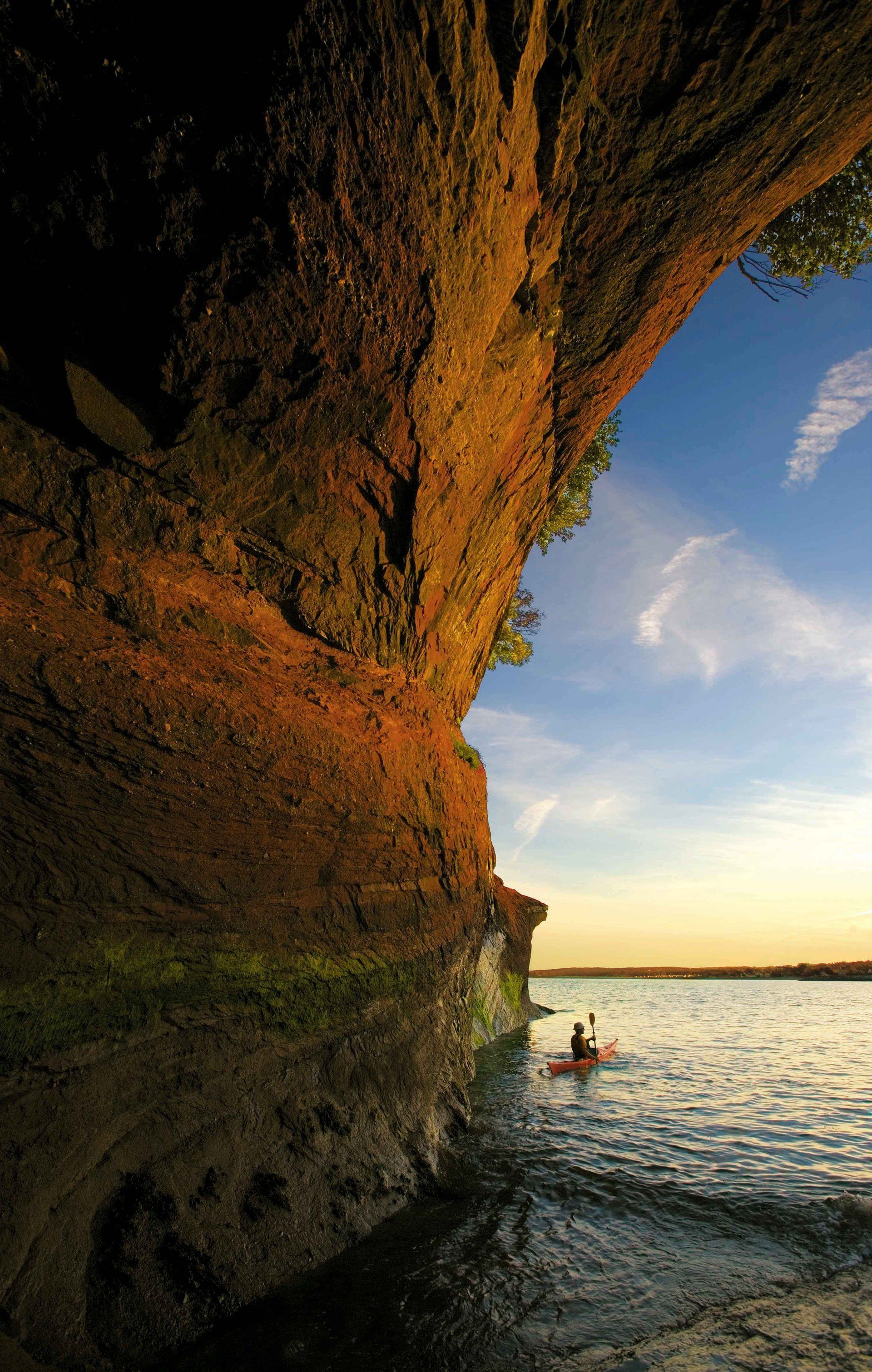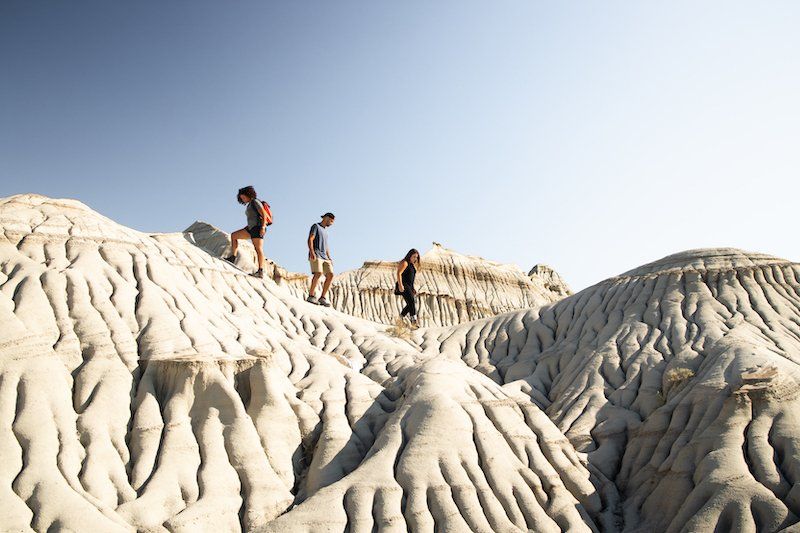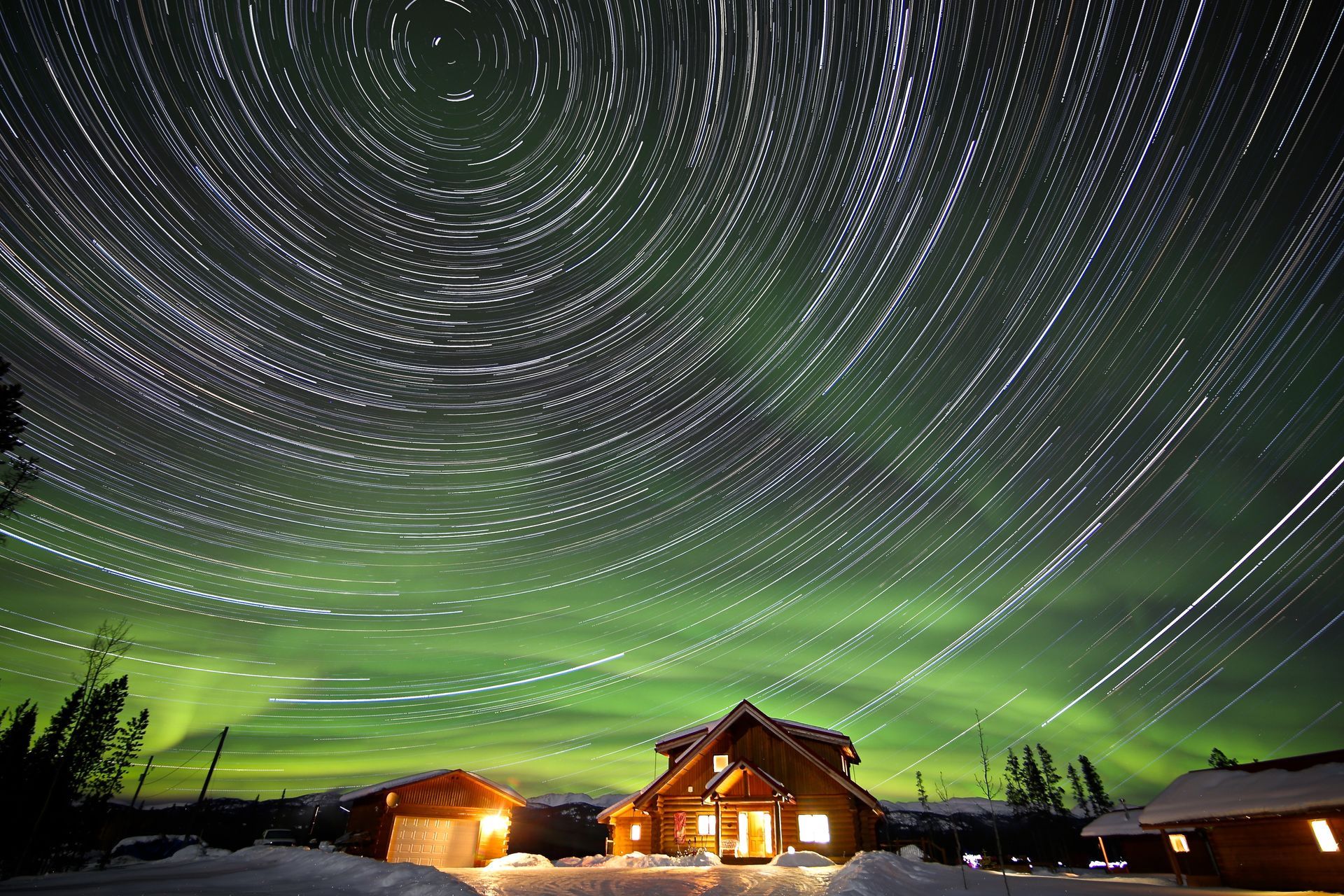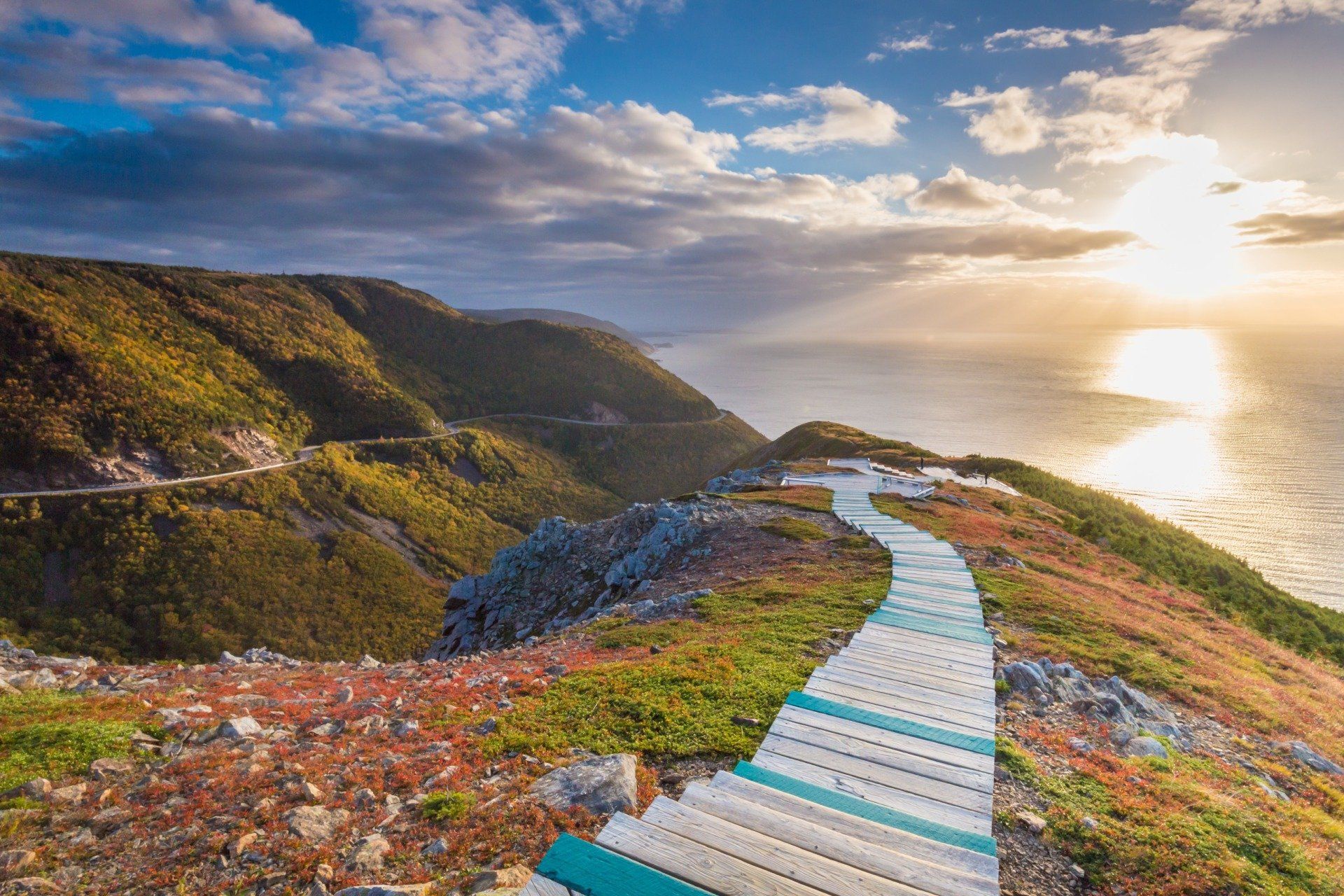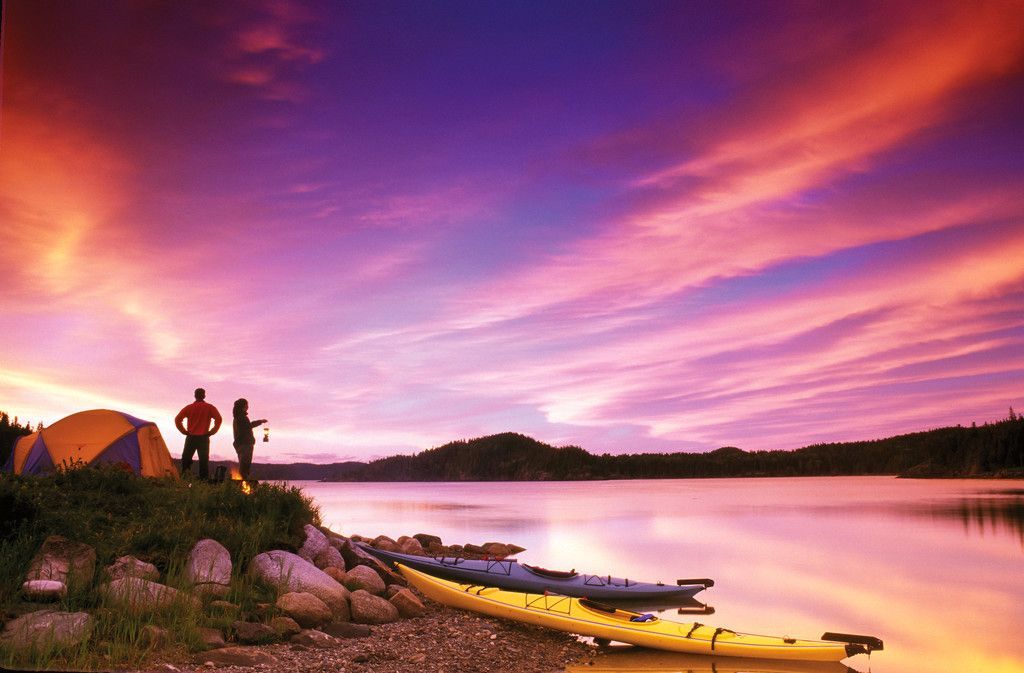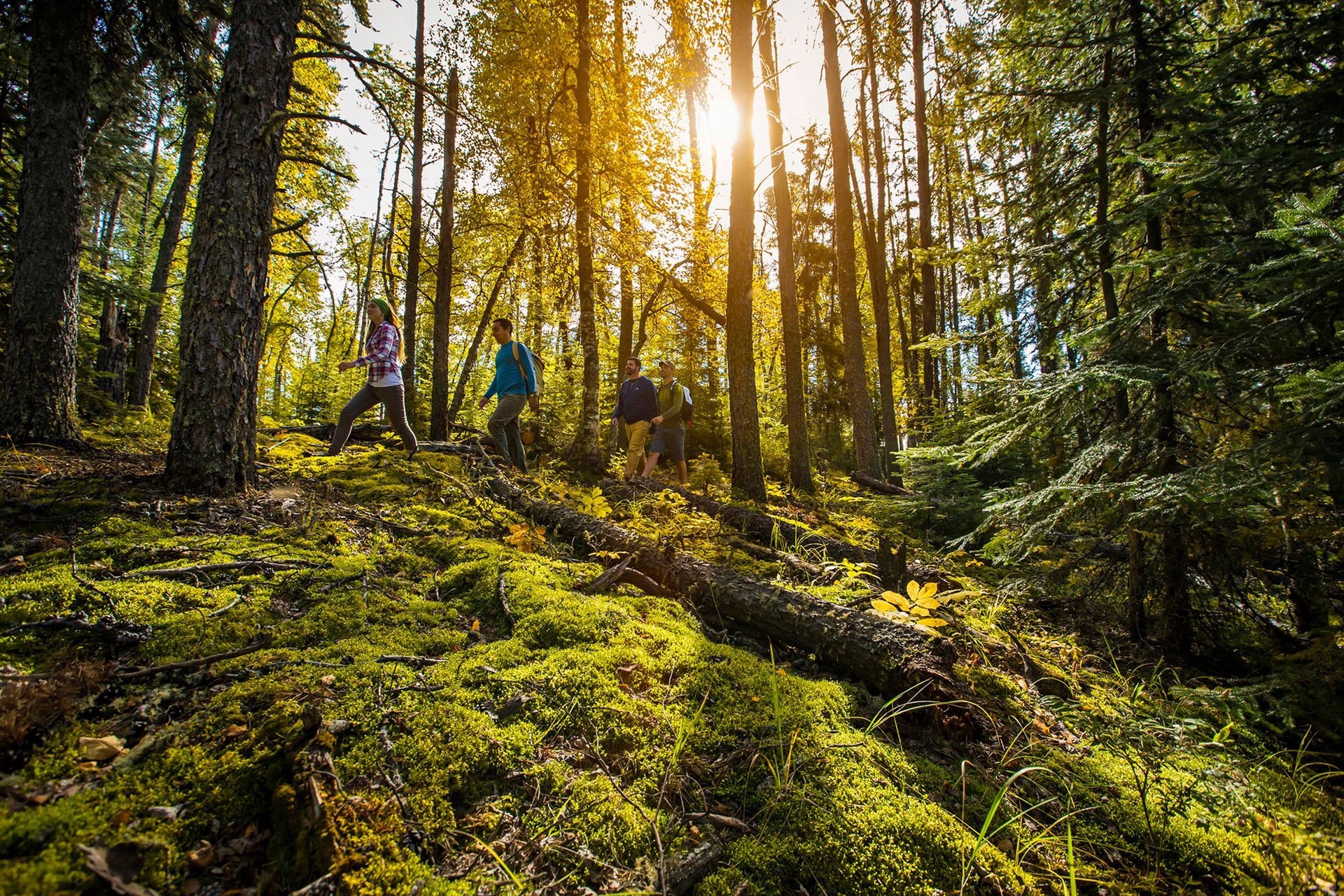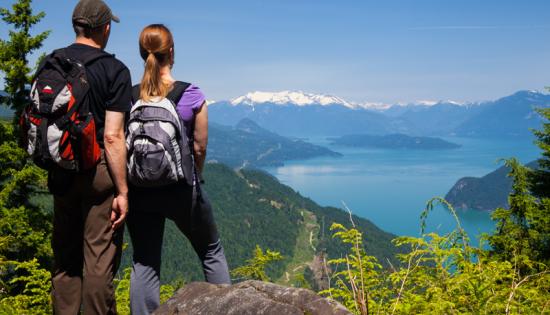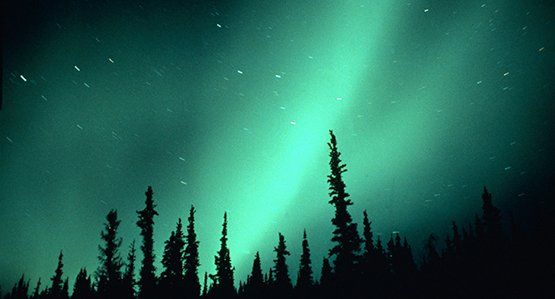Canada As You Like It Blog
10 Fast Facts About Polar Bears
Whether you are gearing up for a trip to the arctic, or just want to learn more about them, here are 10 facts about polar bears.

Whether you are gearing up for a trip to the arctic, or just want to learn more about them, here are 10 facts about polar bears.
1. The classic white bears are not really white.
Polar bears actually have black skin and hollow, colourless hair. Their hollow fur reflects light and traps the sun’s heat to help keep them warm.
2. Polar bears can overheat.
Though they are adapt to survive Arctic temperatures, which can dip below -50°C, they can also overheat. This becomes more of a risk when running and in the summer – when temperatures rise above freezing and up to 20°C.

3. Polar bears clean themselves by rolling in the snow.
Can you blame them for wanting to keep themselves clean? Staying clean also helps the insulating properties of their fur, so after feeding they will often freshen up by taking a swim or roll in snow. Rolling in the snow also helps cool them off when they get too hot.
4. They’re quick on their feet.
Polar bears can reach speeds of up to 40km per hour (25 mph) on land.

5. …and in the water.
Polar bears are also excellent swimmers and can comfortably swim around 10 km per hour (6mph). They use their large front paws to propel themselves through the water and their back legs to steer. Their latin name actually means “sea bear”.
(FYI: You may even see them swimming on some of our tours).
6. Giants of the Arctic: Polar bears are the largest land carnivore.
Males can weigh more than 770 kg (1700 lbs).

7. The biggest threat to polar bears is shrinking sea-ice.
Climate change is causing sea-ice to melt earlier and forming later each year, which means that polar bears have less time to hunt on top of the sea-ice. The bears rely on this sea-ice as a platform to hunt sea prey like seals that come onto the ice and give the bear the advantage.
8. They have a very good sense of smell.
Polar bears can sniff out seals – their main food – from up to 1 km (0.6 miles) away and even under 1m (3 ft) of snow.

9. Polar bears in the wild can live up to 30 years.
Most polar bears live up to 15 – 18 years.
10. A female polar bear will have an average of five litters of cubs in her lifetime.
Two-thirds of polar bear litters are twins!

Thanks to Arctic Kingdom for providing this blog.
